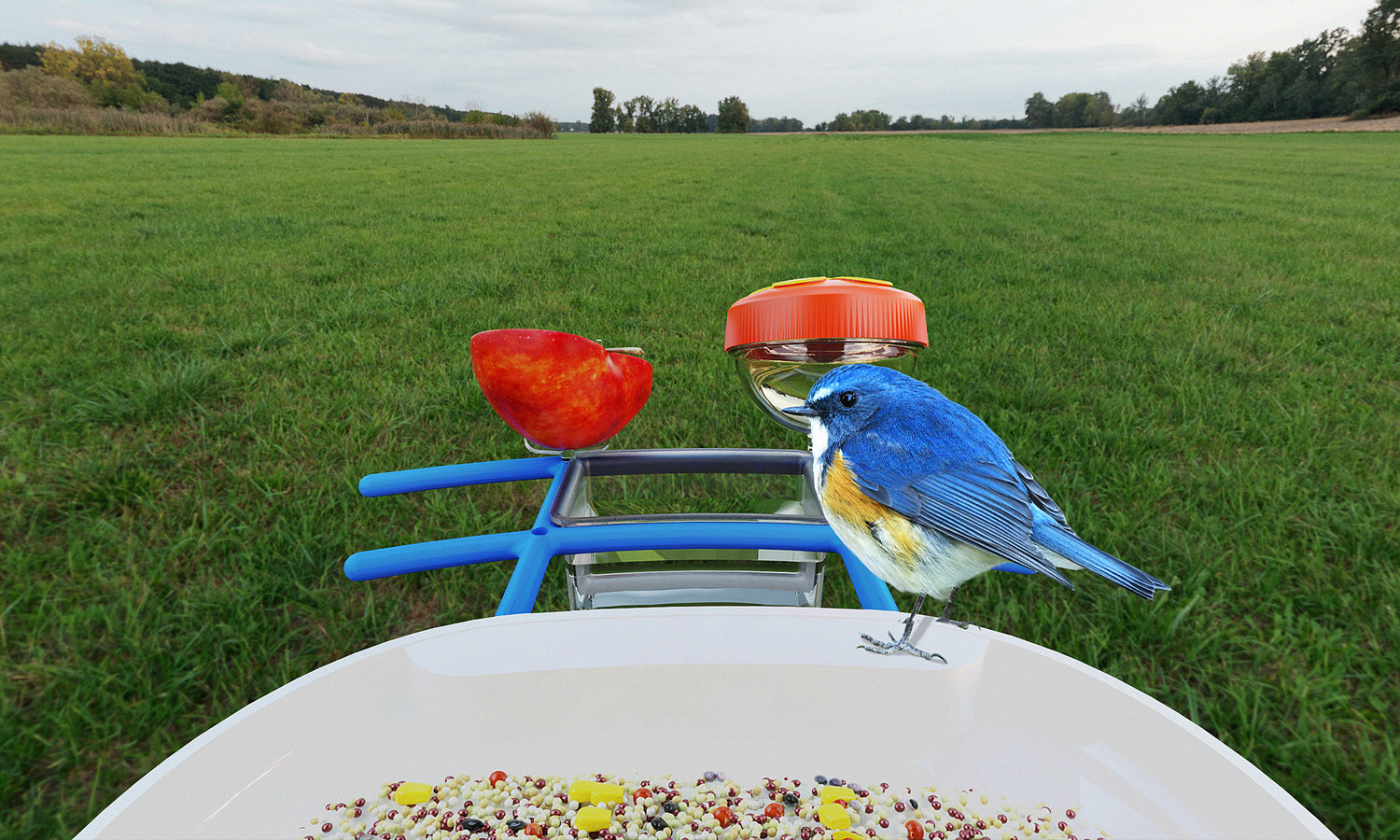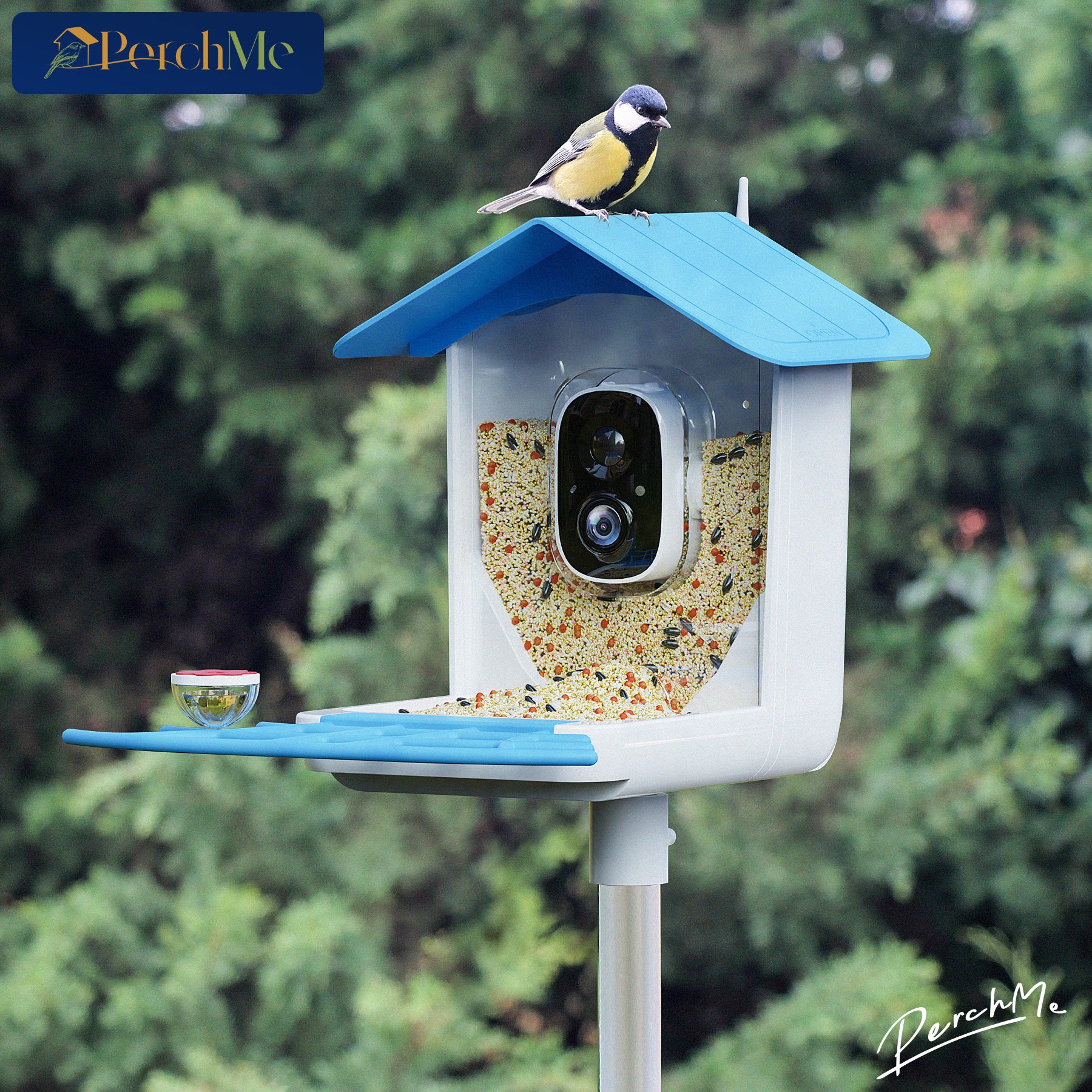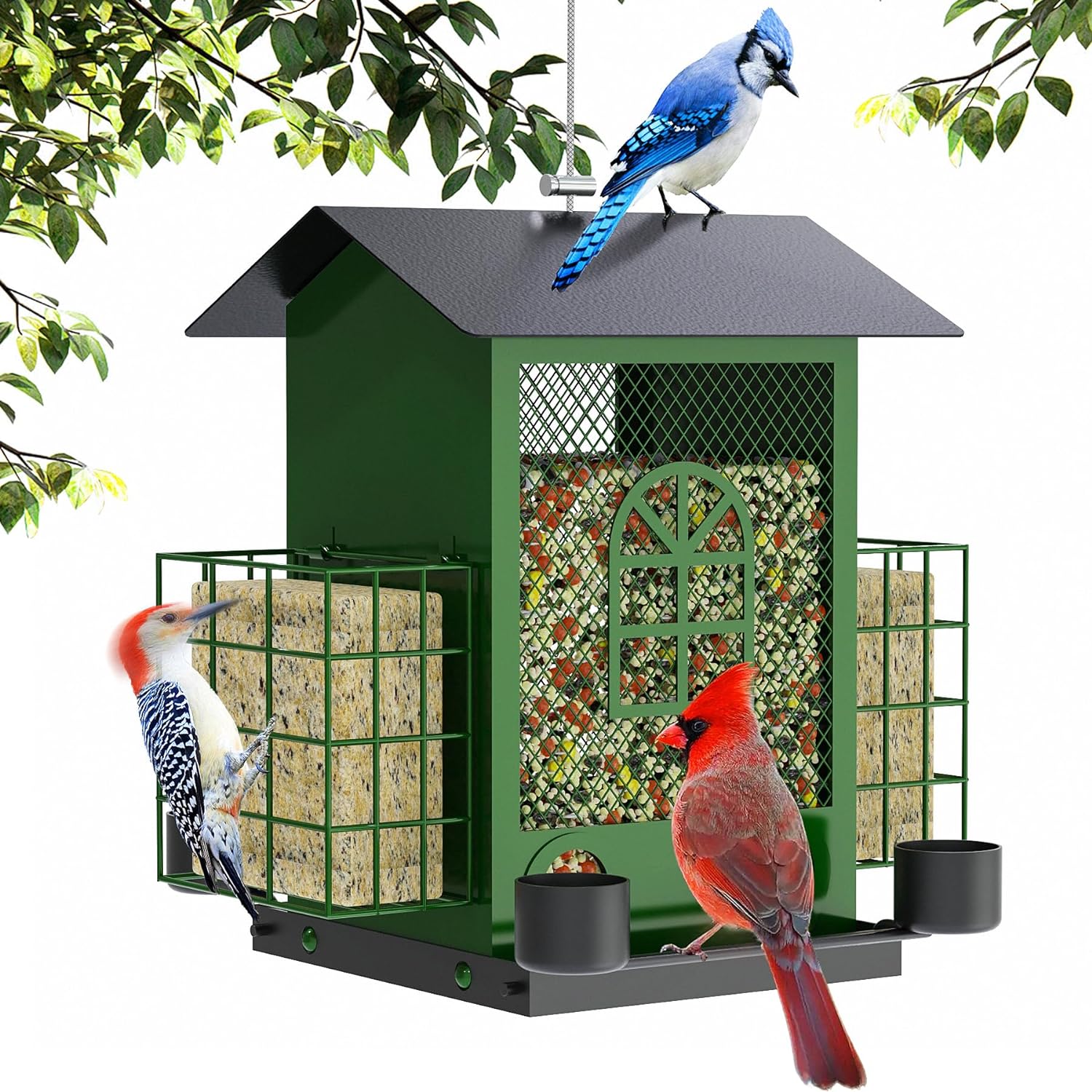As temperatures drop, the sight of a vibrant Cardinal against a blanket of snow offers one of nature's most spectacular scenes. While attracting birds in winter is highly rewarding, it’s also a time when our feeding strategies must switch from casual hobby to critical support.
Birds expend massive amounts of energy just to survive the cold. By following these essential winter bird feeding tips, you can turn your backyard into a crucial survival station and capture some truly stunning moments.
1. Focus on High-Energy Survival Foods
Forget generic seed mixes; winter demands fat and calories. Birds need immediate, high-octane fuel to maintain their body temperature through long, cold nights.
-
Suet is King: Suet cakes (animal fat or vegetarian blends) are arguably the best winter bird feeder staple. They provide concentrated energy that birds can consume quickly. Look for specialty suet dough in extreme cold, as pure fat can become too hard.
-
Nutrient-Rich Seeds: Black oil sunflower seeds are high in fat and easy for many birds to crack. Peanuts (unsalted, shelled or in the shell) are another excellent high-calorie option.
-
Avoid: Thin seeds and millet, which can be less efficient for smaller birds to process into vital heat.
2. The Critical Need for Water
In freezing conditions, finding open water is often more challenging for birds than finding food. Offering a reliable, fresh water source is one of the most important winter bird feeding tips you can follow.
-
Heated Bird Baths: Invest in a heated bird bath or a submersible bird bath heater. This prevents the water from freezing and provides a safe spot for birds to drink and preen their feathers, which is essential for insulation.
-
Daily Monitoring: Even with a heater, check your water source daily to ensure it’s clean and functional.
3. Maintain and Strategically Place Your Feeder
Snow and ice can quickly render a traditional feeder useless. Regular maintenance is crucial for attracting birds in winter.
-
Clear the Landing: Keep the feeding area clear of deep snow so ground-feeding birds have easy access to fallen seeds.
-
Protect from Wind: Position your best winter bird feeder near natural cover (like evergreen shrubs or dense bushes) to provide a windbreak and immediate shelter from predators.
-
Keep it Dry: If a feeder gets clogged with wet snow or ice, it can harbor mold. A video bird feeder that features a weather-resistant dome or overhang is an excellent choice for keeping seeds dry.
4. Enhance Viewing with a Smart Bird Feeder Camera
The beauty of winter viewing is that birds often visit feeders more frequently and in greater numbers. However, you are often stuck indoors. This is where modern technology shines.
A smart bird feeder camera like the Perchme allows you to fully enjoy the season’s unique visitors without ever stepping into the cold:
-
Remote HD Viewing: Watch crystal-clear, live 1080p footage from your warm kitchen.
-
AI Identification: Instantly identify those unusual winter migrants or rare visitors that only show up when the food is scarce.
-
Capture the Magic: You can automatically capture stunning photos and video bird feeder clips of Robins in the snow or flocks of migratory Pine Siskins—perfect for sharing.
Embrace the cold! By preparing your feeding station with high-energy foods and a dedicated smart bird feeder camera, you'll provide vital support to your local wildlife and be rewarded with spectacular views all winter long.
Discover more at Perchme: www.perchme.com






Leave a comment
All comments are moderated before being published.
This site is protected by hCaptcha and the hCaptcha Privacy Policy and Terms of Service apply.